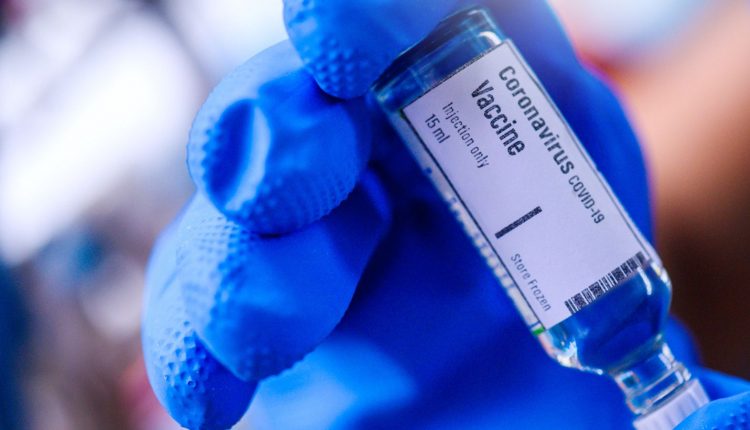Moderna Inc announced on Monday its coronavirus vaccine candidate was 94.5 percent effective, becoming the second U.S. company after Pfizer to add growing confidence that vaccines can help end the pandemic.
The news comes a week after Pfizer and BioNTech said their vaccine was more than 90 percent effective.
The results for both Moderna and Pfizer- BioNTech vaccines come from interim analyses of large clinical studies.
In the Moderna study there were 30,000 volunteers, of which half got two doses of the vaccine 28 days apart, and the other half had two shots of a placebo on the same schedule.
The results indicate the vaccine was inducing the kind of immune response that protects people if they were exposed to the coronavirus, the company added.
“This positive interim analysis from our Phase 3 study has given us the first clinical validation that our vaccine can prevent COVID-19 disease, including severe disease,” Stéphane Bancel, chief executive officer of Moderna, said in a statement.
Both the Moderna and Pfizer vaccines are using the same technology to make their vaccines. This technology is based on a molecule known as mRNA, or messenger RNA, which contains genetic instructions for making proteins inside cells.
The Moderna and Pfizer- BioNTech studies were conducted using slightly different protocols. To be counted as a coronavirus case, participants in the Moderna study had to have at least two symptoms of disease along with a positive test for the virus.
In the Pfizer- BioNTech study, it is required only one symptom.
Also, Moderna waited 14 days following the second injection to begin counting cases, while Pfizer- BioNTech study started counting at seven days.
Another difference in the two vaccines is that both differ in their storage requirements.
Moderna said its vaccine can be safely stored in freezers at around 25 degrees Fahrenheit (-4 degrees Celsius), a temperature easily reached by a home refrigerator freezer.
Pfizer- BioNTech vaccine required storage in specialised ultracold freezers capable of cooling below -94 degrees Fahrenheit (-70 degrees Celsius).
Moderna also said its vaccine would remain potent for up to 30 days at normal refrigerated temperatures, which should ease distribution.
Pfizer and Moderna are still gathering safety data required by the U.S. Food and Drug Administration (FDA) to get an emergency use authorisation that would allow the companies to distribute the vaccine during the pandemic.
For Moderna vaccine, side effects seen at the interim analysis included pain at the injection site, fatigue, and aching muscles and joints. Its data safety and monitoring board did not identify “any significant safety concerns.”
Moderna said it plans to file “in the coming weeks” with the FDA for authorisation of the its vaccine for emergency use.
The drugmaker added that it expects to be able to ship about 20 million vaccine doses in the U.S. by the end of 2020. Next year, it said it expects to be able to make 500 million to 1 billion doses worldwide.


